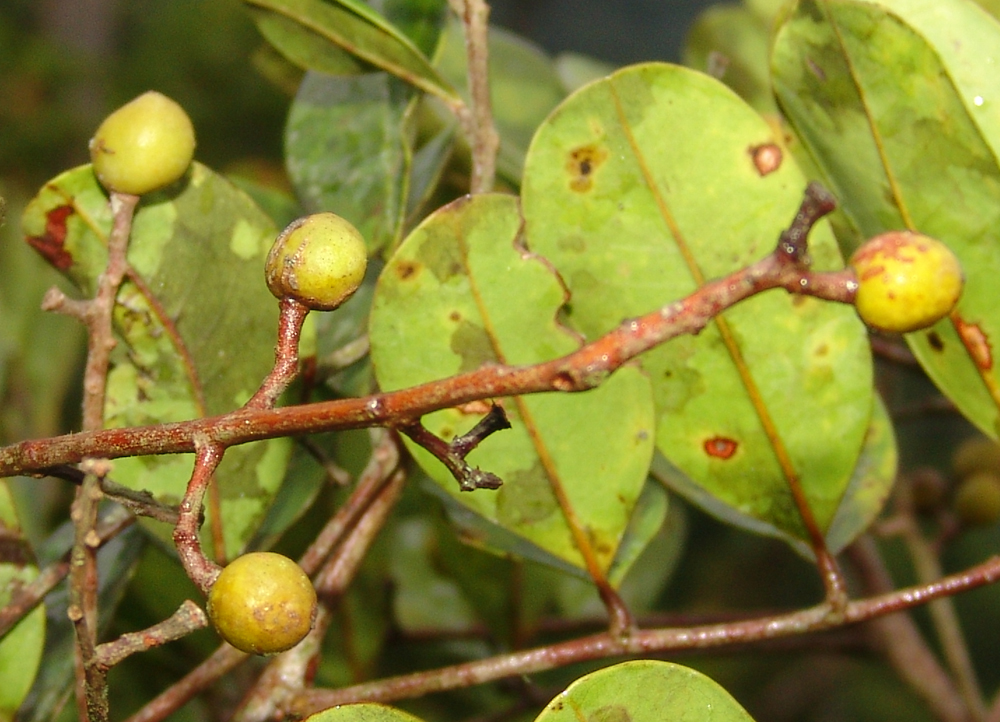Discovering New Plant Species in the Field—and in the Herbarium, Part Two
Posted in New Plant Discoveries on December 12, 2014 by Douglas Daly
Douglas C. Daly, Ph.D., is the Director of the Institute of Systematic Botany and the B. A. Krukoff Curator of Amazonian Botany at The New York Botanical Garden. Among his research activities, he is a specialist in the Burseraceae (frankincense and myrrh) family of plants.

When plant scientists discover new species—as I discussed in the first post of this series—their discovery is often an extremely rare plant, and frequently the specimens they see are incomplete. For example, there might be fruits but no flowers, and we have to search for more specimens or wait for other scientists to send us more examples before we can thoroughly describe and publish a species as new. But when a region is first explored botanically, sometimes we are amazed to find that a conspicuous member of the plant community has no name.
This was the case in the remote Cordillera del Cóndor in Ecuador. When botanist David Neill set up a study plot there on a sandstone plateau, 10 percent of the trees (a lot for a tropical forest) belonged to a species he didn’t recognize in the plant family that I study, the Burseraceae. He sent me some excellent specimens, and from its small, leathery, gland-dotted leaves and fruits that looked like miniature olives, I knew immediately that it was a new species of Dacryodes, a genus of about 60 species of tropical trees.
The species turned out to have cultural importance for the indigenous Shuar community, as well as for the Aguaruna communities in the Andean piedmont across the border in Peru, where it was found independently. The local peoples wrap the resin produced from the trunk in a cone-shaped bundle with leaves and burn it for illumination. The oil-rich fruit also attracts game animals and other wildlife; it is eaten by the spectacled bear, the oilbird, the Andean cock-of-the-rock, the wattled guan, the white-tailed trogon, and many species of toucans.
I gave the plant the scientific name Dacryodes uruts-kunchae. The species name is based on what it is called by the indigenous people to whom this tree was nothing new, even though it certainly was news to the outside world.

